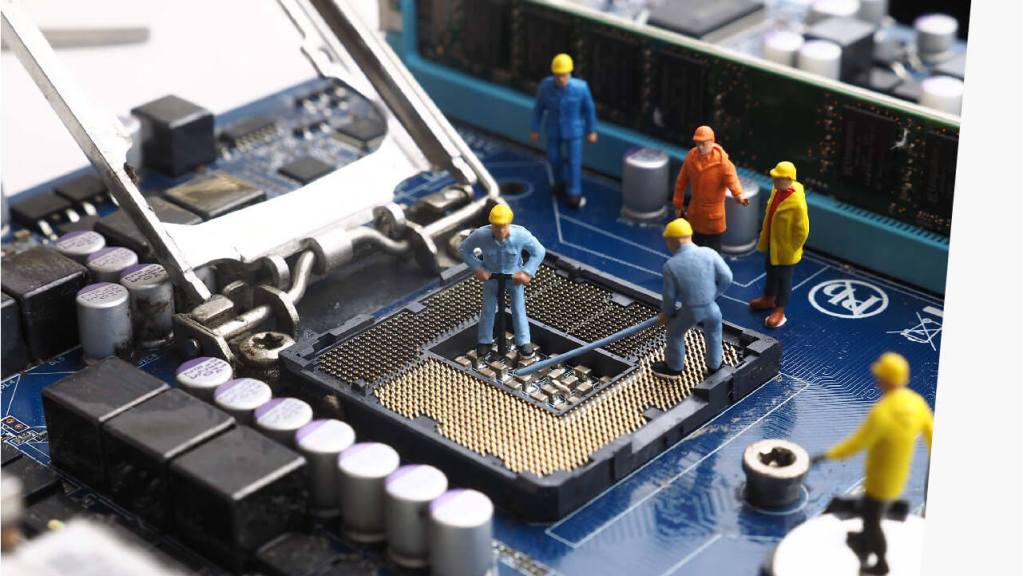The process of manufacturing a prototype can be a daunting task for a product designer or engineer. However, it is an essential step that can help validate your idea and improve your product design free invention help. Creating a prototype allows you to test your product idea, make necessary changes, and ensure that the final product meets your requirements.

In this article, we'll be discussing the steps you can take to manufacture a prototype. We'll be providing insight into the design creation and 3D printing process. With this knowledge, you can create a prototype that leads you to the path of product success.
Design Creation
The first step to creating a prototype is to create a design. You can use various software, including Autodesk Fusion 360, SolidWorks or AutoCAD. These software options provide a plethora of tools to help design your product.
It would help to keep in mind the materials that the prototype would be made of, as this would help you optimize design. You must ensure that the design is functional and, if necessary, create different variations of the same. This design optimization process better ensures that the final product would meet the company's requirements.
Prototyping Materials
The materials used for prototyping is another critical area to consider. The 3D printing technology has many different materials, including ABS (Acrylonitrile butadiene styrene), PLA( Polylactic acid), TPU (Thermoplastic polyurethane), and many more. Picking the right material can be the difference between a successful prototype or not.
3D Printing
3D Printing is the process of manufacturing a 3D object from a digital model. It is the most widely used prototyping method because it is fast, cost-effective, and can create complex geometries.
Once you complete the design creation and material selection process, export the design file in .STL format. Upload the STL file to a 3D printing service, and it's only a matter of waiting for the 3D printed prototype.
Post-Processing
After the 3D printing process, there will be additional steps, including finishing, painting or coating the product, and undertaking any necessary fittings or assembly. Post-processing depends on the overall goal of the initial prototype design, the company's requirements, and the product's function.
Creating a prototype is an essential process in product development. The prototype allows you to experiment, test, and optimize design, materials and shapes. 3D printing provides an effective solution for individuals and companies in product development. By leveraging the tips and steps discussed above, you can create a successful prototype that can lead you to the path of product success.
The key is to observe how the prototype works and make the necessary adjustments. This will help you refine the design and produce a high-quality product that meets customer’s expectations. Remember, 3D printing can be used as an iterative process to improve your design until it's perfect. With proper care and effort, you'll have a successful prototype ready for production. Good luck!
Creating a successful 3D printed prototype requires an understanding of the design process and how to best utilize 3D printing technology. You can use software tools like CAD (Computer-Aided Design) to create the models that will be 3D printed, or you can find existing designs online that can be modified to fit your needs. Once you have your model ready, the next step is to decide which 3D printing material and technology will suit your prototype best. PLA (Polylactic Acid) and ABS (Acrylonitrile Butadiene Styrene) are two of the most commonly used materials for 3D printing, but there are many more options available.
 icons at the top right corner of the subsection.
icons at the top right corner of the subsection.